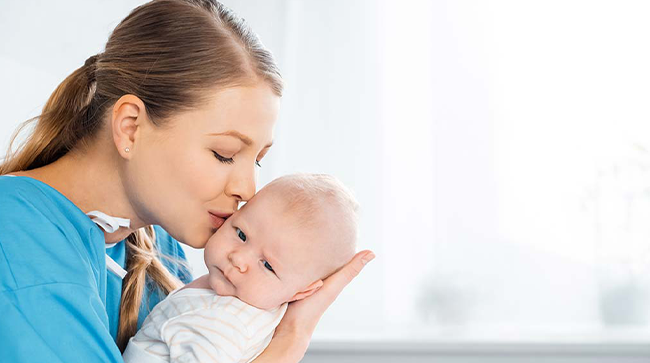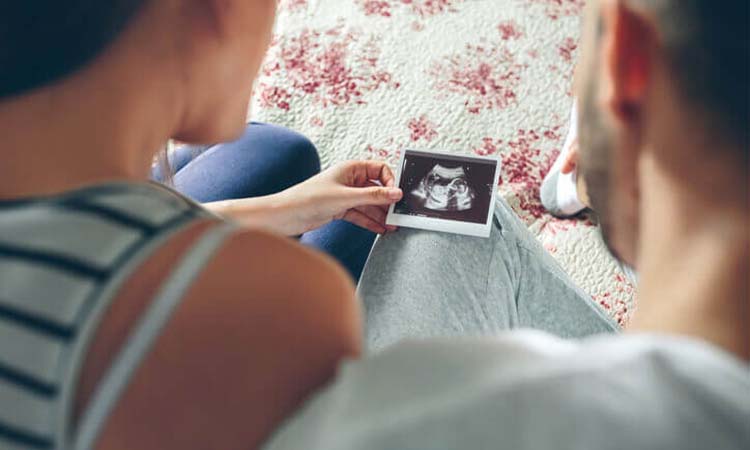Historically, multiple gravidity weren’t uncommon with an in-vitro (IVF) cycle. The reason for this was straightforward. Due to the technology involved, for IVF to be successful, multiple embryos were frequently transferred at the same time adding the chance of at least one embryo implanting in the uterine filling and performing in a successful gestation. To compensate for lower rates of implantation for individual embryos and to achieve respectable gestation rates, multiple embryos were transferred to each IVF case. Accordingly, IVF carried a advanced chance of multiple gravidity.
From the launch, still, the thing for IVF was to produce “ a” gestation, and not inescapably to produce halves (or further). The asked outgrowth has always been, and remains, healthy gestation and delivery, and of course a healthy baby. Over time, however, intended parents erecting their families through supported reproductive technology ( ART) got used to the notion of having further than one baby at a time and indeed sought this out. The feeling was that halves could be viewed as “ getting two for the price of one,” and saving time and plutocrat to grow their family this way. With the advances in technology, this has changed dramatically, particularly in the last many times — especially when it comes to donors of embryos formed from bestowed eggs. Moment, transferring further than one embryo isn’t recommended by the Indian Law, unless there’s a clear medical reason to transfer two. The primary reason for this? Multiple gravidity and multiple births produce situations that carry both threat and expenditure.
Data that intended parents and gravid surrogates who are tempted to “ try for halves” should be apprehensive of
COST
One of the most common pitfalls of carrying halves or triumvirates is unseasonablebirth.However, because of unseasonable birth, babies bear a stay in a neonatal ICU (NICU), If. Healthcare experts have estimated that medical costs for delivery and invigorated care can be as important as four times lesser for halves than for single babies. The quantum increases to twelve times advanced for triumvirates!
Also, keep in mind, studies show the total cost of raising multiples is probably advanced than the cost of raising the same number of singletons. Everyday particulars demanded for a child will need to be bought all at formerly in multiples which may be a fiscal burden ( rather than, of course,re-using what you formerly have for your baby as your family grows).
COMPLICATIONS
In addition to unseasonable birth, the pitfalls associated with multiple gravidity include low birth weight (which can bring problems similar as cerebral paralysis, neural- tube blights like spina bifida, vision and hail loss, and other experimental or neurological problems), intrauterine growth restriction, the need for Caesarean sections,pre-eclampsia, and a lesser chance of gravid diabetes. While any gestation has pitfalls, numerous pitfalls are dramatically increased with binary births Singleton deliveries are associated with a 9 threat of low birth weight, a 2 threat of veritably low birth weight, and a 14 threat of punctuality, while these same pitfalls jump to 57, 9, and 65, independently, with binary births. The fiscal and emotional costs of minding for children with lifelong disabilities, if any result, may be high.
PICKY REDUCTION
When a surrogate finds herself carrying multiple fetuses ( lesser than halves), frequently croakers will recommend a picky reduction to reduce the number of fetuses to just one or two to increase the chances of a successful, full- term gestation and delivery of a healthy baby. But choosing to suffer a picky reduction may be an emotionally delicate decision for both intended parents and gravid surrogates — one that can be avoided by choosing a single-embryo transfer.
FASTER MATCHING
Intended Parents who choose a single-embryo transfer generally get matched briskly with a gravid surrogate. The fact is more and more gravid surrogates are requesting a single-embryo transfer; they’re well- informed and understand the pitfalls that come with multiples, and are frequently apprehensive of the medical recommendation of ASRM for single embryo transfer ( numerous internal health providers will bandy this in particular during the internal health evaluation).
Also, indeed if willing to carry halves, not all gravid surrogates are approved by the treating croaker to carry further than one. Keep in mind that because a gravid surrogate is by description healthy and rich, when two embryos are transferred the result constantly is multiple gravidity. The good news is that as implantation rates have bettered, the practice of transferring multiple embryos has been reassessed, and the emphasis has shifted to a close focus on the quality of embryos, the age of the egg provider, and the philanthropist’s age. In the end, ART parenthood is willing to work with intended parents who are set on having halves —-as long as their fertility clinic is on board, and completely understand the overall pitfalls versus the benefits.



